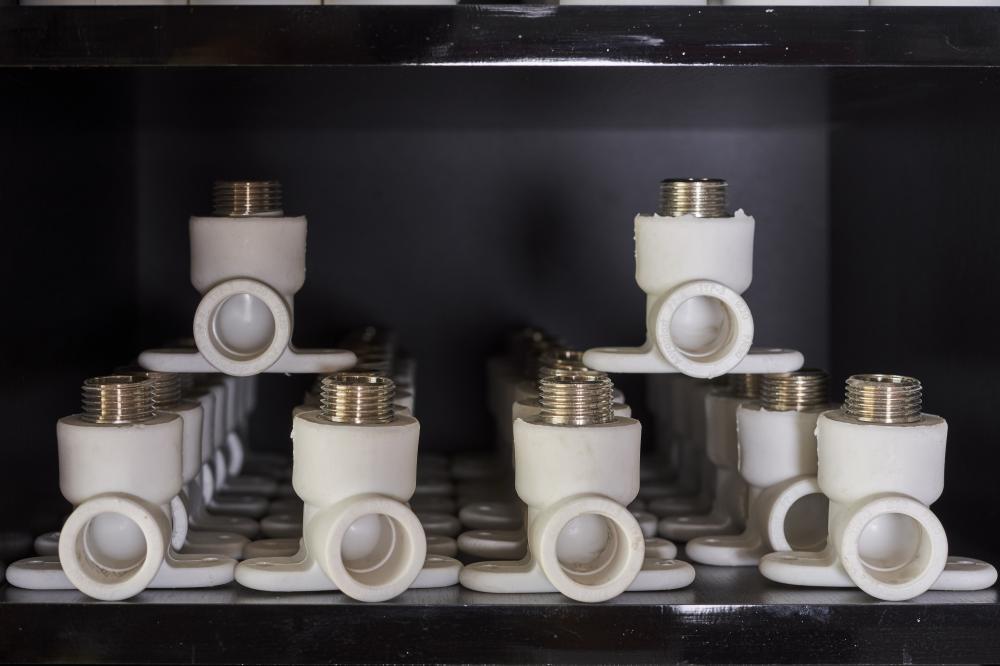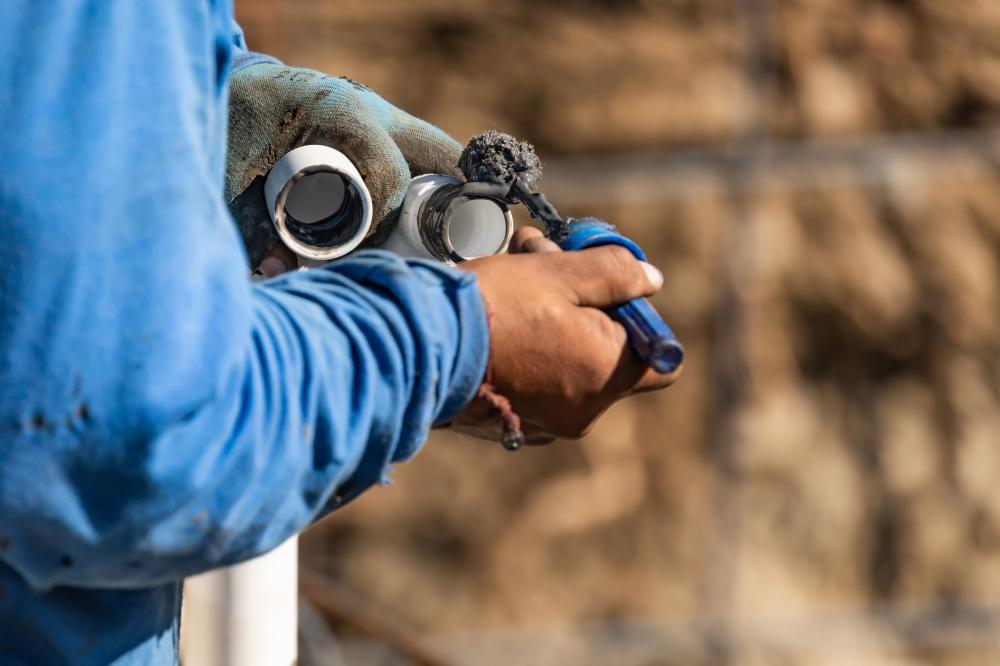Small Peristaltic Pumps

Introduction
At APT Instruments, our journey began in 2000 with a vision to simplify technical procurement for our customers by providing innovative solutions coupled with robust technical support. Nestled in the heart of Omaha, NE, we've dedicated ourselves to serving a plethora of needs ranging from pumps to fittings, with a particular spotlight on small peristaltic pumps. These pumps, foundational to various industries for their precision and reliability, embody our commitment to quality and client satisfaction.
Understanding Peristaltic Pumps
Peristaltic pumps operate on a simple yet brilliant principle, mimicking the peristalsis process found in nature. This method allows for a gentle, steady flow that is ideal for handling sensitive fluids without contamination. This distinctive feature makes small peristaltic pumps an invaluable tool in labs, medical fields, and chemical processing industries.
I remember the first time I encountered a peristaltic pump in action. It was during a client visit, where they demonstrated its operation in a delicate filtration process. The pump's ability to prevent cross-contamination by isolating the fluid within a tube was a game-changer, showcasing the intricate balance between technology and application needs.
Choosing the Right Small Peristaltic Pump
Consider Your Application
Before diving into a purchase, understanding your specific needs is crucial. The flow rate, type of fluids handled, and environment where the pump will be used all influence the choice. Small peristaltic pumps come in various designs, each tailored for different tasks, making it imperative to align your needs with the pump's capabilities.
Material Compatibility
Given the diverse range of fluids that small peristaltic pumps can handle, ensuring the tubing material is compatible with your fluid is paramount. From aggressive chemicals to sterile biologics, the right tubing can prevent degradation and maintain the integrity of both the pump and the fluid.
Key Features to Look For
When sifting through options, several features stand out. Flow rate flexibility, ease of maintenance, and the pump's physical footprint are crucial. Advanced models offer programmable functions and precise control options, enhancing efficiency and adaptability in various settings. Moreover, opting for pumps with a robust build quality ensures longevity and reliable performance under demanding conditions.
Our experience has taught us that investing in high-quality small peristaltic pumps pays off in the long run. Durability, reliability, and the ability to precisely control operations can significantly impact productivity and outcomes in any application.
Novel Applications and Innovations
Small peristaltic pumps have paved the way for groundbreaking applications across different sectors. In the medical field, they're revolutionizing patient care through precise drug delivery systems. Environmental monitoring has also benefited from these pumps' ability to collect and handle samples with unparalleled precision.
In our journey, APT Instruments has encountered numerous innovative uses of small peristaltic pumps, from aiding researchers in groundbreaking studies to enabling small businesses to streamline their processes. The adaptability of these pumps opens doors to endless possibilities, underscoring their indispensable role in technological advancement.
Maximizing Pump Efficiency
To harness the full potential of small peristaltic pumps, regular maintenance and correct operation are key. This includes selecting the appropriate tubing, ensuring proper installation, and routine checks. Our technical team at APT Instruments is always ready to assist clients in navigating these aspects, ensuring that pumps run at optimum efficiency.
Anecdotal evidence from our clients underscores the importance of adherence to maintenance schedules. One particular case highlighted how simple routine checks could prevent significant downtime and extend the pump's lifespan, emphasizing the value of preventive care.
The APT Instruments Difference
At APT Instruments, we're not just about selling products; we're about forging partnerships. We understand the pivotal role small peristaltic pumps play in various industries, and our approach is centered on providing solutions. By combining quality products with unmatched support, we ensure our clients have the resources they need to succeed.
Our commitment to quality is unwavering. Every product we offer, including small peristaltic pumps, has been meticulously selected to meet stringent standards. We stand by the principle that our clients deserve nothing but the best, a testament to our dedication to excellence.
Conclusion
The journey of exploring and utilizing small peristaltic pumps is ongoing, driven by innovation and the continuous quest for efficiency and reliability. At APT Instruments, we're proud to contribute to this journey by providing top-tier products and services. Whether addressing the needs of a burgeoning lab or supporting the operations of an industrial giant, our commitment remains steadfast: to empower our clients through excellence and innovation.
Choosing the right small peristaltic pump involves careful consideration, technical compatibility, and foresight into future needs. Our team at APT Instruments is always here to guide you through these decisions, ensuring you find the perfect solution for your specific requirements. Thank you for considering us as your partner in this endeavor. Together, let's achieve new milestones with the right tools at our disposal.

Why are small peristaltic pumps preferred in sensitive fluid handling operations?
At APT Instruments, we've observed firsthand the growing preference for small peristaltic pumps in operations that involve sensitive fluids. One of the primary reasons is their unparalleled ability to prevent cross-contamination. Imagine this scenario: a medical laboratory where samples must remain uncontaminated to ensure accurate test results. Here, the peristaltic pump shines by isolating the fluid within a tube, thereby eliminating direct contact with pump components and potential contaminants. This principle of operation, mimicking natural peristalsis, ensures a gentle yet precise flow, making these pumps ideal for laboratories, medical applications, and chemical processing. Moreover, their versatility in handling an array of fluids with varying viscosities without compromising the integrity of the fluid adds to their desirability. So, when precision, cleanliness, and reliability are paramount, small peristaltic pumps stand out as the go-to solution.
How important is tubing material compatibility in small peristaltic pumps?
Tubing material compatibility isn't just important; it's critical in the effective operation of small peristaltic pumps. The right tubing material ensures the integrity of both the pump and the fluid it transports. Let's use a real-world analogy to illustrate: imagine placing a reactive substance into a container made from an incompatible material. The result could be degradation of the container and contamination of its contents. Similarly, in a peristaltic pump, if the tubing material isn't compatible with the fluid being pumped, it can lead to tubing degradation, contamination, and even equipment failure. At APT Instruments, we emphasize the importance of understanding the chemical nature of the fluid to select the appropriate tubing material, whether it be silicone for its flexibility and biocompatibility or Tygon for chemical resistance. Matching the tubing material with the fluid ensures longevity of the pump and integrity of the fluid, critical factors in any application.
What strategies can be adopted to maximize the efficiency of small peristaltic pumps?
Maximizing the efficiency of small peristaltic pumps involves several key strategies, beginning with correct pump and tubing selection tailored to your specific application requirements. Regular maintenance and proper installation are equally important. A scenario we often encounter at APT Instruments involves clients experiencing unexpected downtime, which could have been prevented with routine checks and maintenance. Our advice? First, ensure that the pump is appropriately sized for your needs - both in terms of flow rate and pressure. Secondly, select the correct tubing material to match the chemical compatibility and resilience needed for your application. Lastly, establish a routine maintenance schedule. This includes inspecting for wear and tear, ensuring tubing is correctly seated, and periodically checking the pump's calibration if it's used for precise dosing. Following these steps can significantly extend the life of your pump, enhance its performance, and reduce the likelihood of unexpected failures. Remember, a little preventive care goes a long way in maintaining efficiency.
What are some common misconceptions about small peristaltic pumps?
One of the most common misconceptions we confront at APT Instruments is that small peristaltic pumps are not suitable for high-pressure applications. While it's true that peristaltic pumps, by design, offer lower pressure capabilities compared to some other pump types, advancements in pump and tubing technology have significantly improved their pressure handling abilities. Another misconception is related to the pump's flow rate flexibility. Many assume that peristaltic pumps cannot offer precise control over flow rates, yet modern peristaltic pumps are equipped with sophisticated controls that allow for precise flow adjustments, making them ideal for applications requiring meticulous fluid handling. Additionally, there's a belief that these pumps are maintenance-heavy. In reality, the design of peristaltic pumps makes them one of the easiest pump types to maintain - the tubing is the primary wear part, and it's easily replaceable. Overcoming these misconceptions helps our clients better appreciate the versatility and capabilities of small peristaltic pumps in various applications.
Can you provide examples of innovative applications for small peristaltic pumps?
Small peristaltic pumps have found their way into a host of innovative applications, far beyond their traditional uses. At APT Instruments, we've seen these pumps being used in everything from environmental monitoring to the culinary arts. For example, in environmental science, researchers are deploying small peristaltic pumps in remote locations to automatically collect water samples for quality analysis over time, providing invaluable data for studying ecological changes. In the medical field, these pumps are integral to developing wearable drug delivery systems, offering patients a new level of freedom and control over their treatments. Another fascinating application is in the culinary industry, where precision in flavoring and additives is paramount; here, peristaltic pumps enable chefs to experiment with ingredients at a level of accuracy that was previously unimaginable. These examples underscore the adaptability and potential of small peristaltic pumps to revolutionize how we approach problems and tasks across various fields.
Resources
- National Center for Biotechnology Information (NCBI) - Peristaltic Pumps in Medical Applications - This article from NCBI explores the use of peristaltic pumps in medical applications, highlighting their importance in precise drug delivery systems.
- ScienceDirect - Innovative Uses of Peristaltic Pumps in Environmental Monitoring - ScienceDirect discusses the innovative uses of peristaltic pumps in environmental monitoring, showcasing their precision in handling samples.
- ScienceDirect - Maximizing Efficiency of Peristaltic Pumps - Learn about maximizing the efficiency of peristaltic pumps through proper maintenance and operation from this ScienceDirect article.

